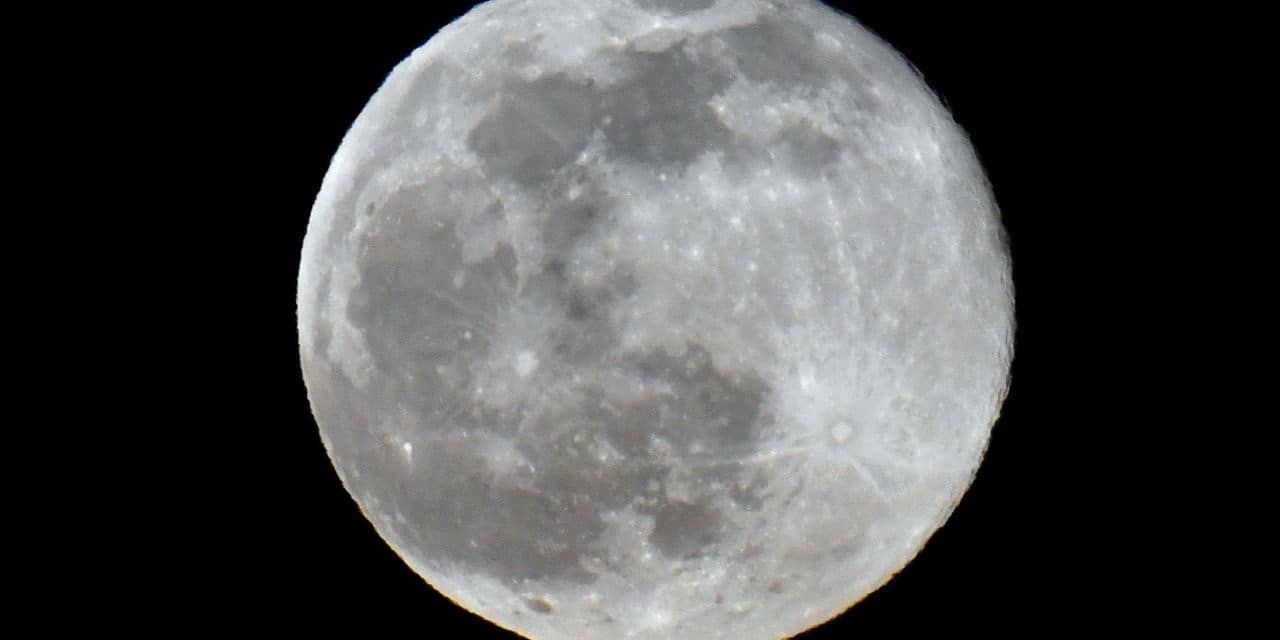Scientists want to send 6.7 million sperm samples to the moon
In 2008, the “Global Seeds Vault” was built in Norway. This giant freezer brings together millions of seeds of different species, stored in order to protect as much as possible the diversity of plants offered by the planet. These scientists are no doubt inspired by this colossal project, whose goal is to send nearly 335 million sperm and egg samples to an arch on the Moon. This should be able to serve as a “global insurance policy”, in the event of a disaster on Earth.
Unlike Noah’s Ark, which the Bible says housed two specimens of each extant animal species, the project plans to store samples of seeds, gates, sperm and ova from some 6.7 million land species. . These samples would be stored using cryogenics, while the building would be powered by solar energy.
The perfect place
The innovative concept was proposed this week by a researcher at the University of Arizona, and a group of his students. “Earth is naturally a volatile environment“said Jekan Thanga, professor of aerospace and mechanical engineering at Arizona College of Engineering in a press release. “As humans, we narrowly escaped it about 75,000 years ago with the super volcanic eruption of Toba, which caused a cooling period of 1,000 years and which some say equates to a decline. estimated human diversity. Human civilization having such a large footprint, if it were to collapse, it could have a cascading negative effect on the rest of the planet “, explains the professor.
According to the researchers, the moon could be an “ideal place to store samples that must remain very cold and undisturbed for hundreds of years.”
250 rockets
To complete the project and transport the samples, several rocket launches will be necessary. According to the professor’s calculations, 250 rockets would be needed to bring the 335 million samples to the moon, or about 50 of each of the 6.7 million terrestrial species. “It’s not insanely big,” Jekan Thanga commented. “We were a bit surprised,” he explains.
By comparison, the International Space Station only required 40 rocket launches, six times less.
